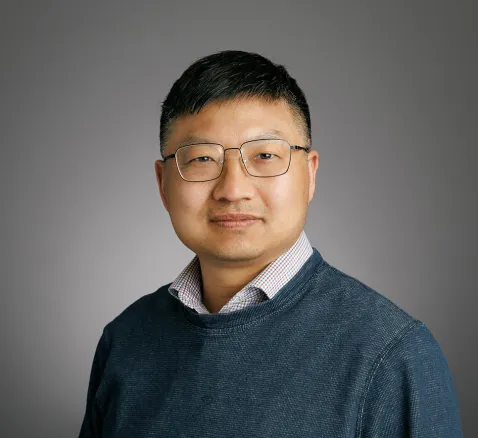NSF grant advances effort to send lasers over Long Island Sound
A project that will send laser beams from Yale to New York over Long Island Sound as a way to test a type of quantum technologies has received a grant from the National Science Foundation (NSF) as part of the project’s design phase.
For the project at the Yale site, led by Professor Hong Tang, a telescope will be placed atop Kline Tower on Yale’s campus that will shoot three laser beams. These beams will travel 44 kilometers over Long Island Sound, where they will be received by a telescope housed on top of a hospital at Stony Brook University. A third partner in the project, Brookhaven National Laboratory, will be another node of the quantum network.
The Yale research team leading the project, known as Quantum Laser Across the Sound (Q-LATS), has a few goals in its sights. One is to demonstrate that it’s possible to create a link through free space to allow for the exchange of quantum information. Another is to serve as an educational experience. A group of undergraduates has been spearheading the project from early on. Group leader Mason Abrell ’26 said he’s encouraged by the progress they’ve made and by the NSF grant that will enable the next phase of work.
"Since last year, the project has moved into a fully fledged testing phase, focusing on getting our work out of simulation software and into the real world,” Abrell said. “This is an incredibly exciting time for us, as we are able to invest into various physical test stations and build up our hands-on experimental skills.”
“With this learning, coupled with the funding and support we are receiving, it truly feels like all of the pieces of this puzzle are coming together.
Mason Abrell ’26
Q-LATS Group Leader
Because this increase in testing requires more personnel, they've brought on several new undergraduate students to the team, including those majoring in physics, electrical engineering, and mechanical engineering.
“With this learning, coupled with the funding and support we are receiving, it truly feels like all of the pieces of this puzzle are coming together,” Abrell said.
Quantum networks typically use fiber optic cables, which are insulated and often underground. This helps ensure that the fragile qubits—bits of quantum information—remain intact. But it’s costly and there can be geographical limitations to setting up a network. Using free space can be cheaper and easier to set up. The Q-LATS team aims to identify some of the trouble spots of such a system.
The project is also designed to draw the general public into the thrillingly weird world of quantum science. As Tang and his fellow researchers wrote in their proposal for the project, the notion of quantum particles shooting out over Long Island Sound “will incite the public’s curiosity in quantum sciences and help propel the next generation of engineers and scientists.”
More Details
Published Date
Oct 10, 2025


